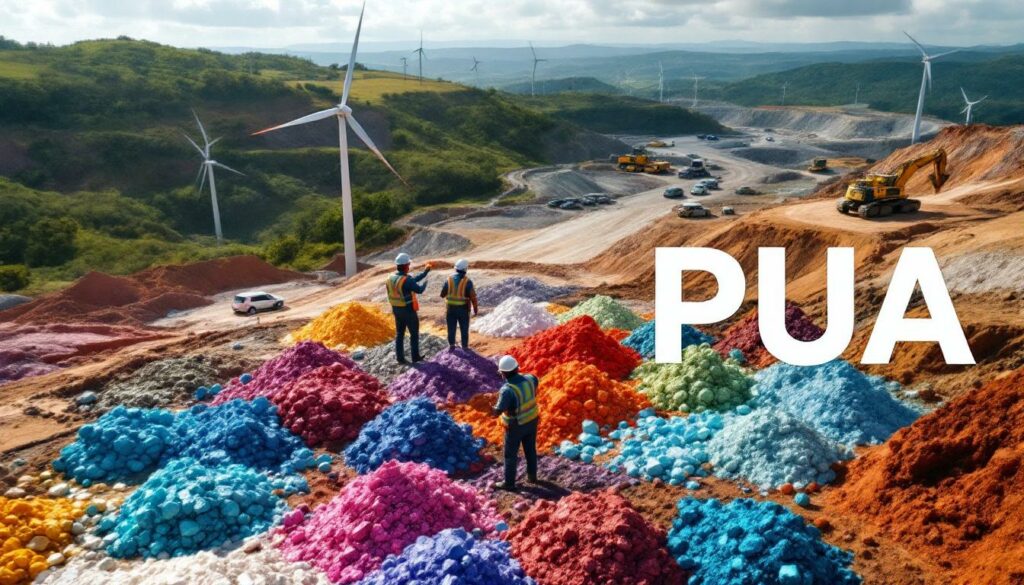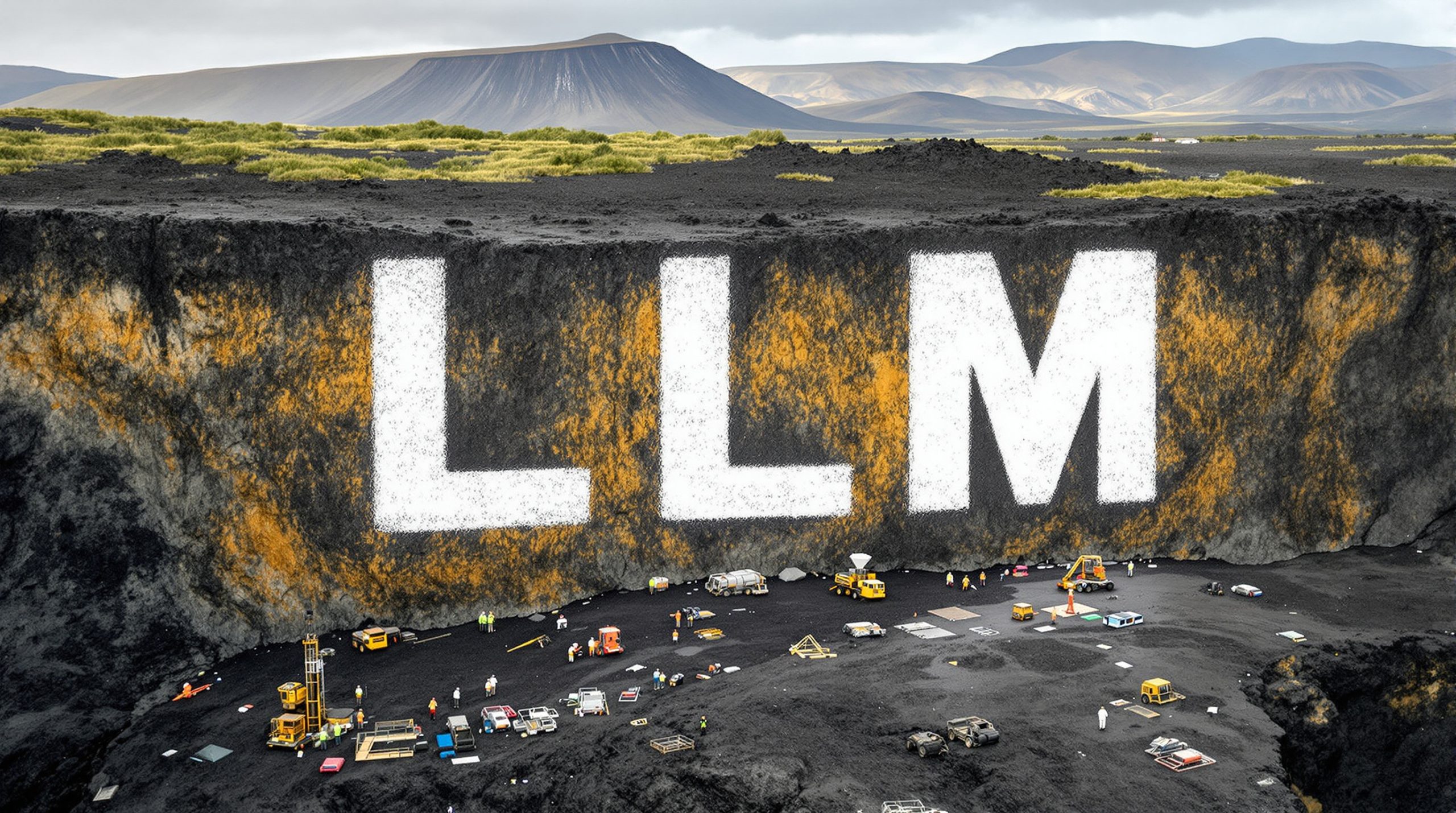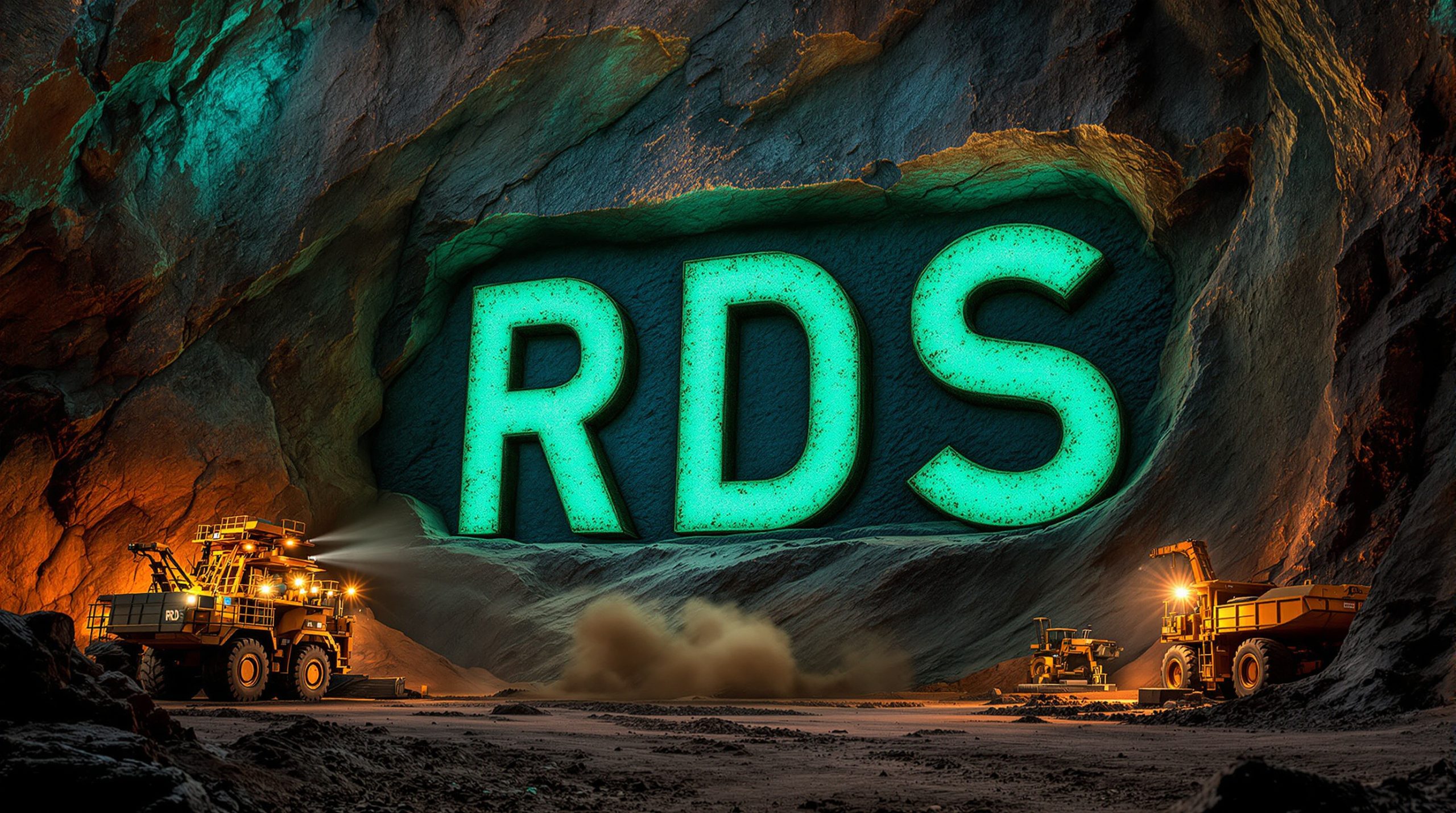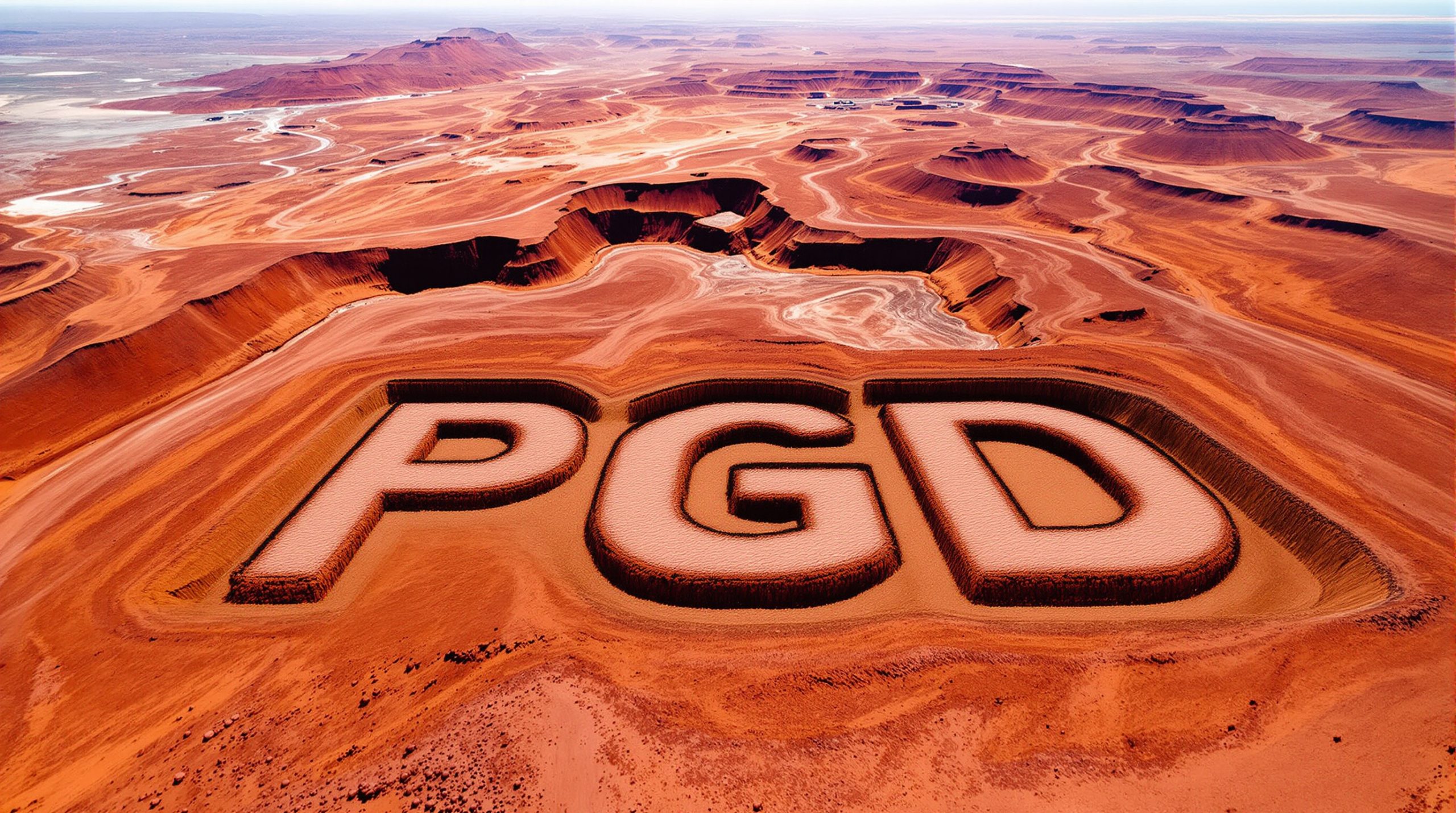Peak Minerals Unveils High-Value Rare Earth Discovery at Minta Est
Peak Minerals (ASX: PUA) has announced a significant new discovery at its Minta Est project in Cameroon, revealing exceptional grades of rare earth-rich monazite alongside rutile and zircon minerals in free-dig material.
High-Grade Monazite Discovery Transforms Project Economics
The newly announced drill results from Minta Est reveal remarkable in-situ grades of 0.5% – 1.2% Total Rare Earth Oxides (TREO) from free-dig material that can be processed using conventional mineral sands techniques. The mineral assemblage is particularly impressive, containing up to 73% monazite, 35% rutile, and 28% zircon.
What makes this Peak Minerals rare earth discovery particularly valuable is the high proportion of magnet rare earths within the monazite, including:
- Up to 22.5% NdPr (neodymium-praseodymium) light rare earths
- Up to 2.7% DyTb (dysprosium-terbium) heavy rare earths
These magnet rare earths, crucial for electric vehicles and renewable energy technologies, represent over 25% of the total rare earth content in the monazite.
The economic significance is substantial—monazite currently trades at approximately three times the value of rutile and zircon, dramatically enhancing the project's potential return on investment.
Exceptional Scale and Consistency
Recent assay results from 47 drill holes (36 residual and 11 alluvial) covering an initial 121km² area have demonstrated remarkable consistency:
- Every hole was mineralised from surface to an average depth of 4 meters
- Average Heavy Mineral (HM) grade of 2.4%
- Equivalent in-situ grades of 0.7-1.8% monazite, 0.4-0.8% rutile, and 0.4-0.7% zircon
Standout drill intercepts include:
| Alluvial Intercepts | Residual Intercepts |
|---|---|
| 7.0m at 3.1% HM | 2.0m at 5.0% HM |
| 5.0m at 4.0% HM | 5.5m at 1.7% HM |
| 5.0m at 2.8% HM | 1.0m at 7.8% HM |
| 5.45m at 2.5% HM | 1.77m at 4.2% HM |
| 5.0m at 2.7% HM | 2.15m at 3.1% HM |
The total mineralised area discovered to date at the Minta Rutile Project now spans 660km² within the broader 7,000km² project area, with exploration ongoing and assays pending for an additional 290 holes.
"Mineral sands deposits typically contain up to 0.1% in-situ Total Rare Earth Oxides (TREO). The potential discovery of a mineralised zone with significantly higher rare earth content, hosted in free-dig sands that require no drill-and-blast or crushing and milling, is truly exceptional," stated Peak Minerals Chief Executive Officer, Casper Adson.
Understanding Monazite: The Critical Rare Earth Mineral
Monazite is a phosphate mineral naturally enriched in rare earth elements, particularly the magnet rare earths essential for electric vehicles, wind turbines, and defence applications. Similar to the rare earth discovery of samarskite with its heavy elements, monazite offers unique properties that make it highly valuable in modern technology applications.
What makes mineral sands-hosted monazite particularly attractive is its extractability—it can be mined through free-dig open-pit methods without blasting or crushing, resulting in significantly lower mining costs.
While mineral sands typically feature lower in-situ REE grades (usually around 0.1% TREO), they can be processed at high throughput with favourable economics due to:
- Minimal overburden and simple mining methods
- High-value co-products like rutile and zircon
- Established processing pathways using conventional mineral sands techniques
For context, Base Resources' Toliara project in Madagascar—recently acquired by Energy Fuels for A$375 million—contains monazite at just 0.1% in-situ grade, making Peak's 0.5-1.2% TREO grades particularly noteworthy.
Untapped Potential in Oversize Fraction
An important aspect not yet factored into the current heavy mineral calculations is the contribution from oversize (+1mm) material. The company has observed rutile nuggets ranging from 1mm to 30mm in diameter across the Minta region. This coarse-grained material is excluded from current HM assays, which only report contribution from the <1mm sand fraction.
Once testing of the oversize fraction is complete, there is potential for additional HM content beyond what's reported in the current announcement. This approach mirrors successful exploration strategies at other promising sites, such as high-grade REEs at Capao Bonito where meticulous analysis yielded exceptional results.
Future Plans and Timelines
Peak Minerals has outlined several key next steps:
- Continued receipt of HM results for both sand and oversize fractions throughout the remainder of the quarter
- Engagement of a contract provider in Cape Town to perform microscope scanning of HM sinks and oversize fractions
- Confirmatory work on mineralogical assemblage as a priority
- Development of targets for infill drilling and depth extension with the primary aim of establishing a maiden Mineral Resource Estimate
"It is very exciting to release these new drilling assay results representing an entirely new high-grade discovery at Minta Est, located across 121km² in the northeast portion of Minta Rutile Project. Minta Est is a distinct geological zone separate from the underlying geological mica schist bedrock at Minta with a granite intrusion providing for increased contribution of zircon and monazite in the weathering profile alongside rutile and gold mineralisation," commented Casper Adson.
Why Investors Should Take Notice
The Peak Minerals rare earth discovery at Minta Est represents a potentially world-class resource with several key advantages:
- Exceptional grades: In-situ TREO grades of 0.5-1.2% significantly exceed typical mineral sands deposits (0.1%)
- High-value mineral assemblage: Up to 73% monazite, which trades at 3x the value of rutile and zircon
- Critical magnet rare earths: Over 25% magnet rare earth content, essential for the global energy transition
- Simple mining and processing: Free-dig material requiring no drilling, blasting, or complex processing
- Massive scale: 660km² of mineralisation defined to date within a 7,000km² project area
- Consistent mineralisation: Every hole drilled has intersected mineralisation from surface
The Minta Est discovery also represents a second distinct zone of exceptional prospectivity for ongoing exploration across the broader Minta Rutile Project. With the initial reconnaissance drill program targeting just 3,500km² of the total 7,000km² project area, there is substantial potential for additional discoveries.
With global demand for magnet rare earths projected to grow dramatically to support the clean energy transition, the Peak Minerals rare earth discovery appears well-positioned to become a significant contributor to the non-Chinese rare earths supply chain. Furthermore, this discovery follows the trend of other promising findings like the rare earth discovery in carbonatite at Chilwa Minerals in Malawi, highlighting increasing global interest in these critical materials.
Regional Significance and Exploration Potential
The presence of both rare earth elements and gold at Minta Est suggests geological similarities to other successful projects in the region. For instance, Inca Minerals' gold discovery at the Hurricane Project demonstrated how polymetallic finds can significantly enhance project economics.
Similarly, recent high-grade results at the Eureka gold project illustrate how initial exploration success can lead to expanded drilling programs and resource definition. Peak Minerals is following a comparable trajectory with its comprehensive exploration approach at Minta.
Looking for the Next Major Rare Earth Investment Opportunity?
Discover how high-value mineral discoveries like Peak Minerals' exceptional rare earth find can deliver significant returns for investors by exploring Discovery Alert's dedicated discoveries page at https://discoveryalert.com.au/discoveries/, where our proprietary Discovery IQ model helps you identify actionable opportunities before the broader market.




